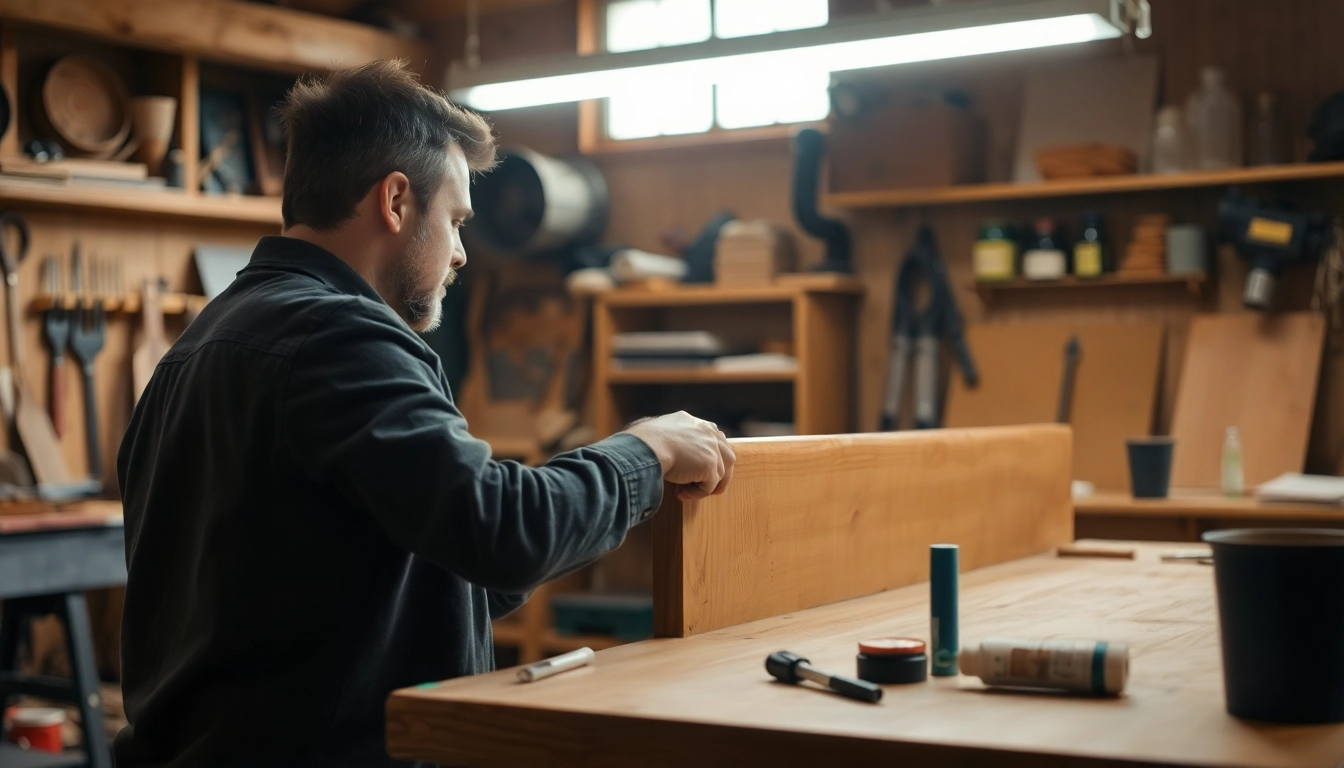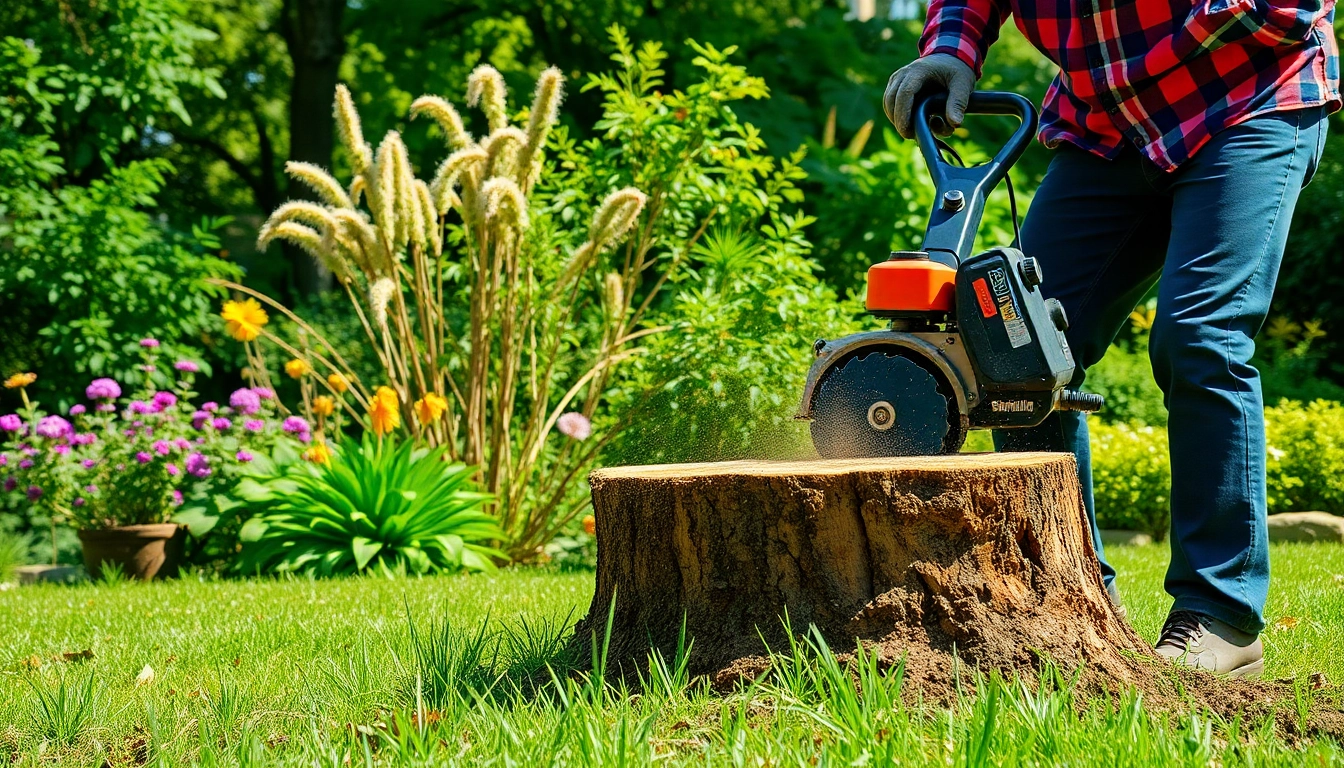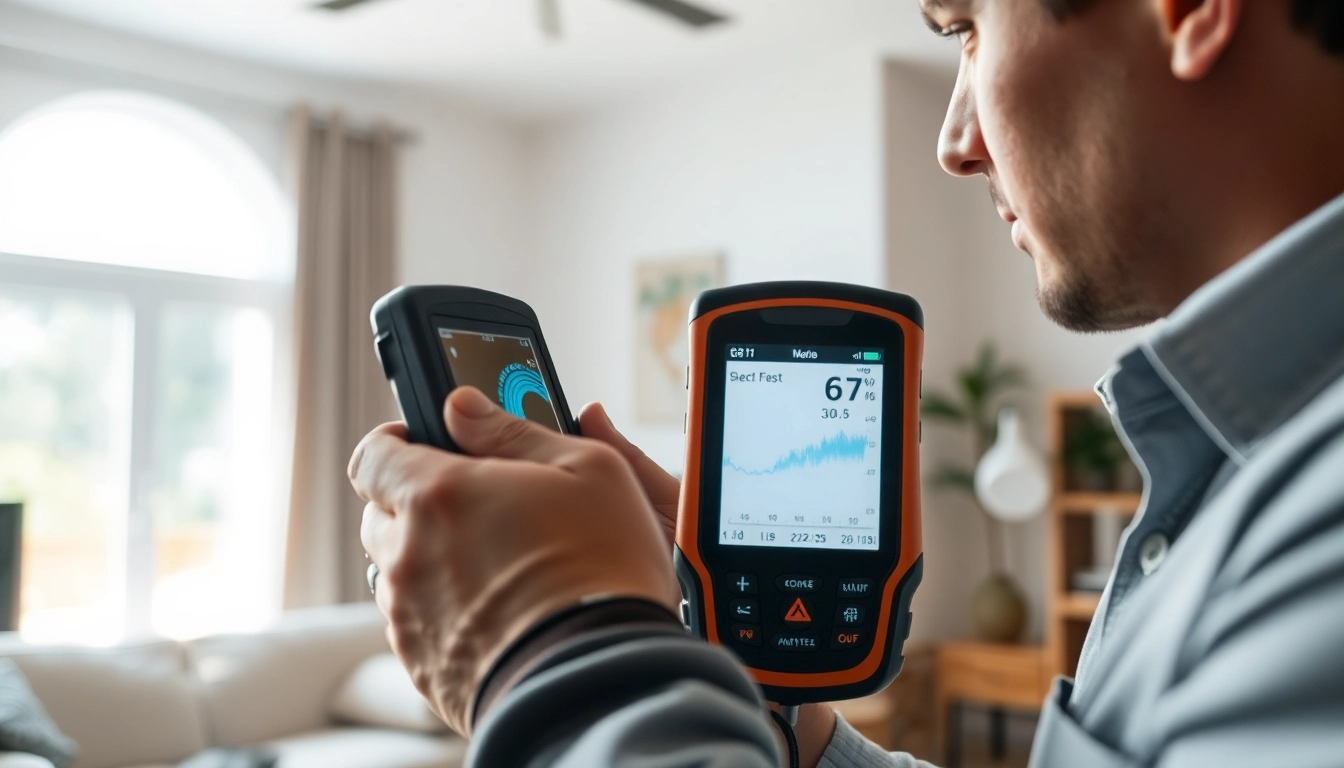Introduction to Back Bar Repair
Back bar repair is an essential service for individuals and businesses alike, ensuring both functionality and visual appeal in spaces such as bars, restaurants, and homes. As a primary focal point in entertaining, a well-maintained back bar can enhance the overall ambience and experience for guests. However, wear and tear is inevitable, especially in high-traffic areas. Whether you’re dealing with structural damage or aesthetic deterioration, knowing how to perform effective back bar repair can save you time and money. This comprehensive guide will take you through the importance of back bar repair, common issues encountered, tools required, and expert techniques to restore your back bar to its former glory.
Understanding the Importance of Bar Repair
Repairing a back bar is not simply about fixing broken components; it is about maintaining an inviting environment. Aesthetics matter in hospitality, and a well-kept bar reflects professionalism and attention to detail.
Common Problems Encountered
Bar structures often face several issues, including:
- Loose Shelving: Over time, shelves may become unsteady under the weight of bottles and glassware.
- Damaged Surfaces: Scratches, stains, and dents can detract from the bar’s overall appeal.
- Mechanical Failures: Issues with lighting or pulling taps can hinder bar operations.
- Structural Instability: Cracks in poles or supports can pose safety risks.
Overview of Tools and Materials Needed
Before embarking on back bar repairs, gather essential tools, including:
- Screwdriver set
- Wood glue and clamps
- Cleaning supplies
- Sandpaper or a sander
- Paint or varnish for touch-ups
- Upholstery repair kits if cushion areas need addressing
Identifying Damage in Your Back Bar
Assessing Structural Integrity
Start your assessment by checking the overall sturdiness of the bar. Look for any signs of warping or bending in wood structures. Metal bars should be examined for rust or corrosion, while glass components need to be checked for cracks. A thorough inspection will help you prioritize repairs effectively.
Common Signs of Wear and Tear
Familiarize yourself with typical indicators of damage, such as:
- Chips or cracks in surfaces
- Wobbly or unstable elements
- Stains or discoloration
- Pest infestations, particularly in wooden bars
Tools for Effective Inspection
Effective inspection requires both visual and tactile tools:
- Flashlight for illuminating dark areas
- Leveling tool to check surface evenness
- Measuring tape to ensure components are properly fitted when replaced
Step-by-Step Guide to Back Bar Repair
Preparing the Workspace and Safety Tips
Before starting repairs, prepare your workspace to ensure safety and efficiency:
- Clear the area of all items and obstructions.
- Ensure proper ventilation if you’re using products that emit fumes.
- Wear safety goggles and gloves to protect against dust and sharp edges.
Repair Techniques for Wooden Bars
Wooden back bars can be repaired using several techniques:
- Reinforcing Loose Joints: Remove screws, apply wood glue, and clamp until dry.
- Filling Cracks: Use wood filler for small cracks, sand once dry, and finish with paint or varnish.
- Touching Up the Finish: For worn areas, clean, sand, and apply a fresh layer of varnish.
How to Address Metal and Glass Components
Metal parts may require welding or use of specialized adhesives for repair. For glass:
- Identify if cracks are repairable or if replacements are necessary.
- For small cracks, consider a glass adhesive or tape specifically designed for glass repairs.
- Ensure any replaced glass is properly fitted and secured to eliminate risks of breakage.
Maintenance Tips for Longevity
Regular Inspection and Upkeep
Routine maintenance is essential for prolonging the life of your back bar:
- Schedule monthly inspections to catch small issues before they develop into larger problems.
- Keep bar surfaces clean and free of moisture to prevent mold and rot.
Best Practices for Bar Care
Incorporate these practices into your care routine:
- Use coasters and mats to minimize surface damage.
- Avoid overloading shelves to maintain structural integrity.
- Regularly polish and clean metal components to prevent rust.
How to Spot Early Signs of Damage
Stay vigilant and identify early signs of damage, such as:
- Uneven surfaces or wobbling
- Pitting on metal surfaces
- Fading colors or finishes
Getting Professional Help
When to DIY and When to Call a Professional
While many repairs can be handled independently, certain situations warrant professional intervention:
- Complex structural issues like rebuilding entire sections of the back bar.
- Major electrical issues with integrated lighting.
- Glass replacement calls for specialized skills and tools.
Choosing the Right Service for Bar Repair
When selecting a professional for bar repairs, consider:
- Check reviews and ratings of their previous work.
- Ask for quotes and compare services offered.
- Ensure they have experience specifically in bar repairs.
Cost Considerations for Professional Repairs
The expense of professional repairs can vary widely:
- Minor repairs might run from $100 to $300.
- Significant restorations can exceed $500, depending on materials and labor.
- Always get detailed estimates before commencement of work.
Conclusion
Maintaining a back bar requires consistent effort, proper knowledge of materials and repair techniques, and awareness of when to seek professional help. This guide serves as a resource for both DIY enthusiasts and businesses looking to enhance sustainability and efficiency in bar upkeep. By implementing the right strategies, you can extend the life of your back bar and continue to enjoy its functionalities for years to come.



